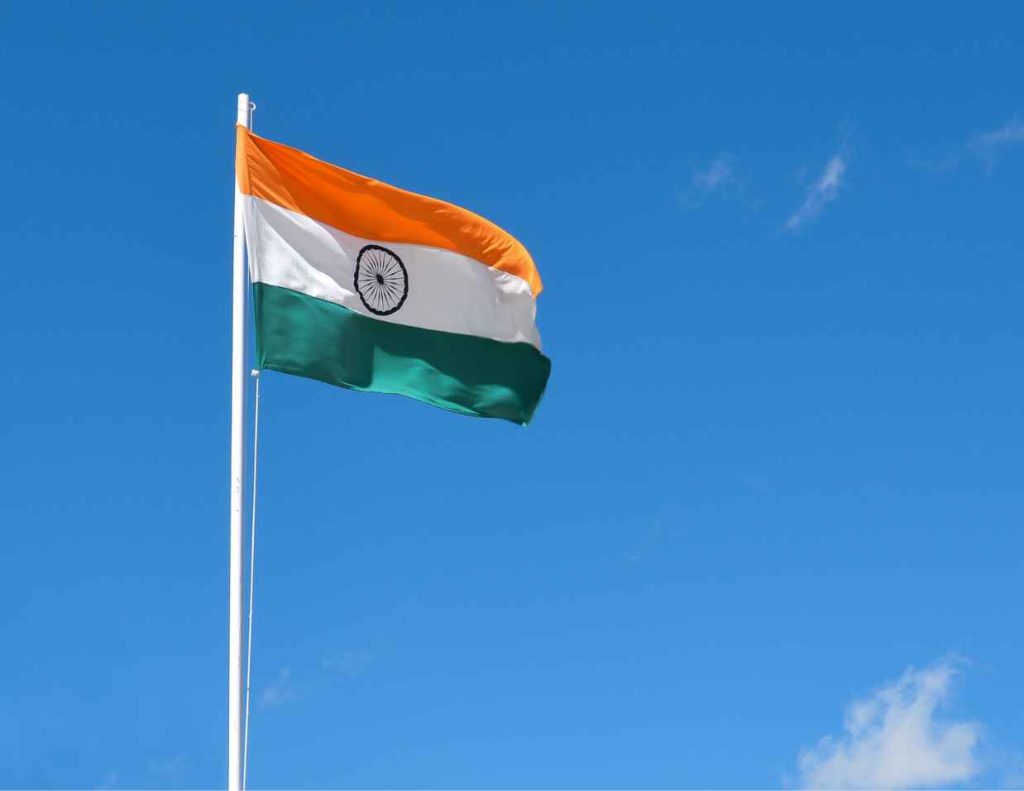Bharatanatyam

/bʌrətɑːnʌtjʌm/
Bharatanatyam has its roots in the ancient temples of Tamil Nadu, where it served as a sacred art form performed by temple dancers known as devadasis. It was initially known as “dasi attam” or “sadir” and was significant in religious rituals and temple ceremonies. It has a distinct geometric aesthetic and emphasizes sculpturesque poses and graceful movements. Bharatanatyam’s repertoire draws heavily from the mythology of South India, particularly the stories of Lord Shiva and Goddess Parvati.
Over time, the dance form has evolved and has become a sophisticated art form, attracting patronage from royalty and scholars.
Bharatanatyam is among the oldest and most widely recognized Indian classical dance forms. Its intricate footwork, graceful postures, expressive hand gestures (mudras), and elaborate facial expressions characterize it. Bharatanatyam performances typically consist of three main components: nritta (pure dance), Abhinaya (expression), and nritya (combination of dance and expression). Nritta showcases the rhythmic patterns and intricate footwork, often accompanied by complex percussion instruments like the mridangam.
Nritya in Bharatanatyam
Nritya is a vital component that combines both dance and expression to create a harmonious and emotive performance. It represents the aesthetic and expressive aspect of the dance form, where the dancer weaves together movements, facial expressions, and Abhinaya (acting) to convey stories, emotions, and sentiments.
Nritya utilizes a range of expressive gestures (mudras) and facial expressions to portray characters, depict emotions, and communicate narrative elements. Through the precise placement and movement of the hands and fingers, dancers create intricate mudras that symbolize various objects, emotions, and ideas. These gestures are combined with subtle facial expressions, eye movements, and nuanced expressions to convey the intended emotions and narrative effectively.
Abhinaya plays a pivotal role in Nritya, allowing dancers to embody characters, express emotions, and convey the essence of the narrative. Through Abhinaya, dancers use their entire body, including facial expressions, hand gestures, body postures, and eye movements, to portray different characters, moods, and situations. The art of Abhinaya requires mastery of physical and emotional expressions, as well as an in-depth understanding of the underlying emotions and narrative elements.
Angika Abhinaya encompasses the body movements and postures that convey emotions and narrative elements. It includes movements of the head, neck, torso, and limbs, as well as graceful transitions and fluid movements across the stage. Angika Abhinaya involves the effective use of stances (sthanakas), body movements (charis), and postures (karanas) to create a visually captivating and expressive performance.
The interpretation of lyrics (Sahitya) is essential to Nritya. Dancers carefully study and understand the lyrics of the accompanying music, paying attention to their meaning, meter, and emotions. The dancer’s movements and expressions are intricately connected to the lyrics’ poetic beauty and emotional depth. Through the seamless synchronization of lyrics, movements, and expressions, Nritya brings the narrative and emotions alive on the stage.
The aesthetic essence or vibrant flavor of Rasa is a key concept in Nritya. Dancers strive to evoke specific Rasas, such as love (Shringara), valor (veera), compassion (karuna), or devotion (bhakti), through their movements, expressions, and overall performance. The skillful portrayal of Rasas enhances the emotional impact of the performance, allowing the audience to connect deeply with the narrative and experience the intended emotions.
Nritya encompasses many narrative themes, including stories from Hindu mythology, epics like the Ramayana and Mahabharata, and devotional compositions. Dancers skillfully interpret these narratives, bringing the characters and their emotions to life. Through Nritya, the dancer communicates the essence of the story, the emotions of the characters, and the underlying spiritual and cultural significance of the narrative.
The Mudras
Mudras are a visual language in Bharatanatyam, enabling dancers to communicate and convey ideas without spoken words. Each mudra has a specific meaning and represents a particular object, emotion, or concept. They add depth and nuance to the dance performance, enhancing storytelling and portraying characters and narratives.
Mudras find extensive use throughout a Bharatanatyam performance, woven seamlessly into the choreography. They enhance the expressiveness and storytelling aspects of the dance, allowing dancers to depict various characters, emotions, and narrative elements. Mudras combined with facial expressions, body movements, and footwork create a comprehensive and evocative performance. They add a layer of subtlety and depth, helping dancers portray specific scenes, depict characters from mythology, express emotions, or convey abstract concepts.
Mastery of mudras requires dedicated training and practice. Bharatanatyam dancers undergo rigorous training to learn the precise hand positions, finger movements, and the meanings associated with each mudra. The ability to transition seamlessly between mudras and synchronize them with facial expressions, footwork, and body movements is a testament to the skill and artistry of the dancer.
Today, Bharatanatyam is taught and performed globally, attracting students, practitioners, and audiences from diverse cultural backgrounds. The dance form continues to evolve, embracing innovative choreography while preserving its core techniques and traditional repertoire. Bharatanatyam’s universal appeal has allowed it to transcend cultural boundaries and captivate audiences worldwide. It has become a prominent feature in international festivals, dance productions, and collaborations, contributing to the global recognition and appreciation of Indian classical dance.
